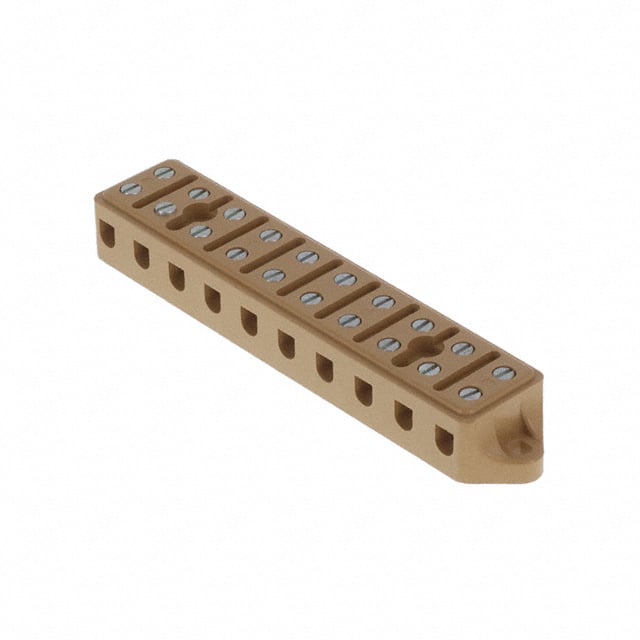KS Series, Barrier Blocks
Results:
4
Manufacturer
Series
Number of Circuits
Number of Wire Entries
Number of Rows
Barrier Type
Top Termination
Voltage Rating
Color
Current Rating (Amps)
Wire Gauge
Bottom Termination
Pitch
Features
Terminal Block Type
Results remaining:4
Applied Filters:
KS
Barrier Blocks
Barrier terminal blocks are connectors designed for mounting on printed circuit boards (PCBs) or chassis to facilitate secure connections between multiple wires and a circuit or power bus. They are characterized by a continuous strip containing screw, quick connect, solder tab, turret, wire wrap, or threaded stud positions. Each position is fully insulated from the other positions, ensuring electrical safety. These terminal blocks offer a range of features that distinguish them from one another. These include the number of circuits or connection points available, the number of wire entries, the pitch (spacing between positions), the number of rows, current and voltage ratings, wire gauge compatibility, and whether they support top or bottom termination. The various options available in barrier terminal blocks enable engineers and technicians to select the most suitable configuration for their specific application requirements. This versatility allows for flexibility in designing and implementing electrical connections in different systems and environments. In summary, barrier terminal blocks provide a reliable and insulated connection solution for securing multiple wires to a circuit or power bus. Their diverse range of configurations and features makes them adaptable to various applications, while maintaining important considerations such as electrical safety, current and voltage ratings, and wire compatibility.



